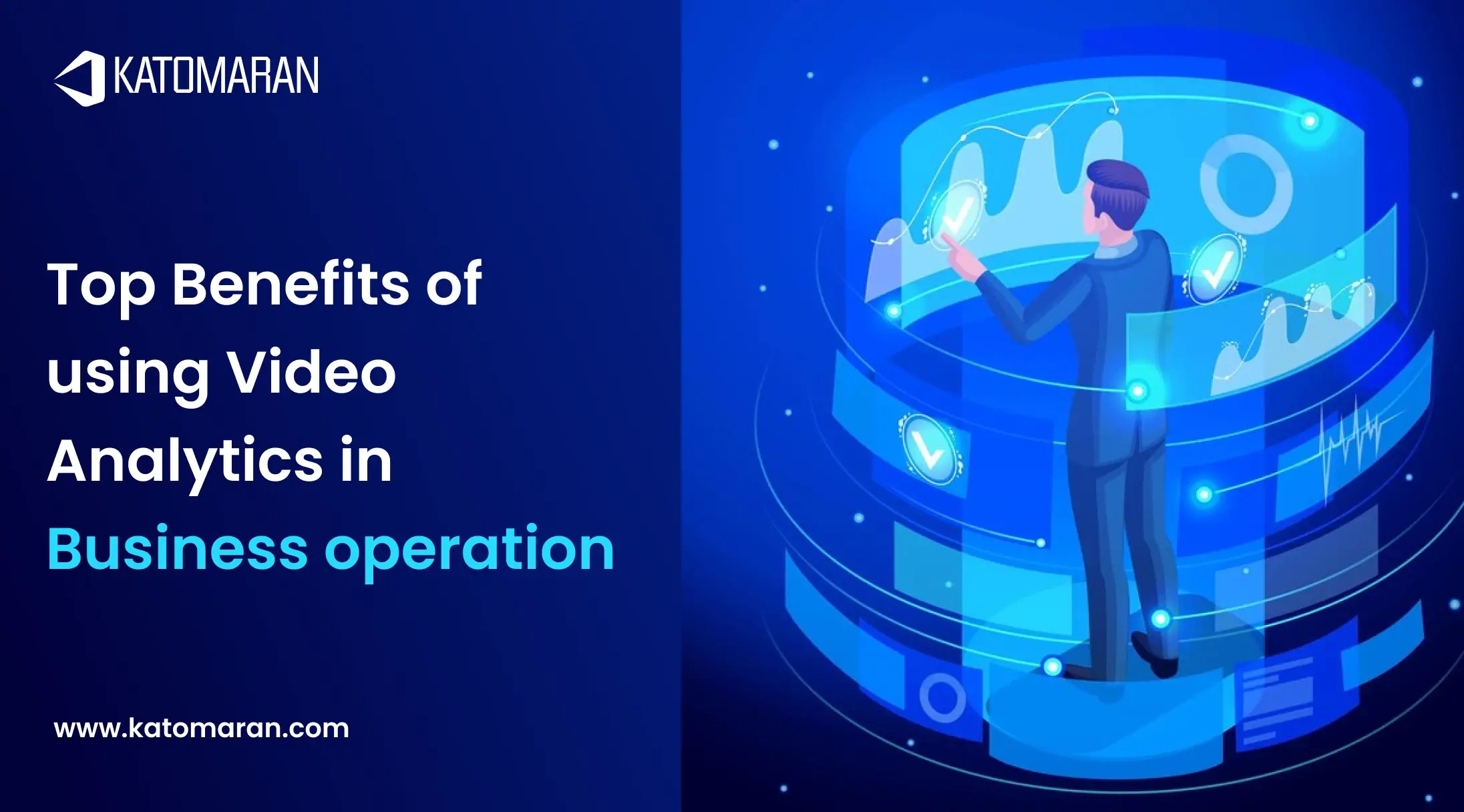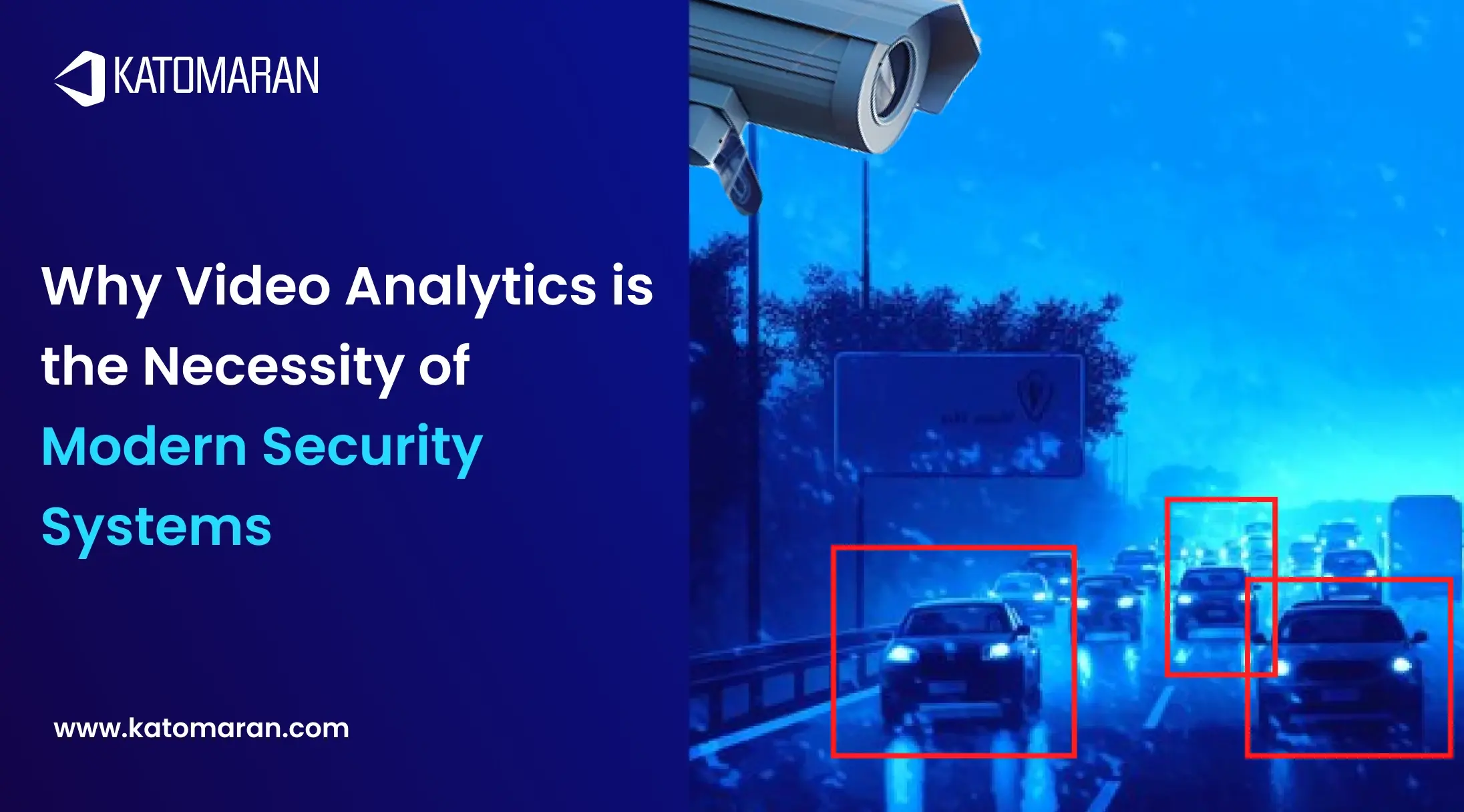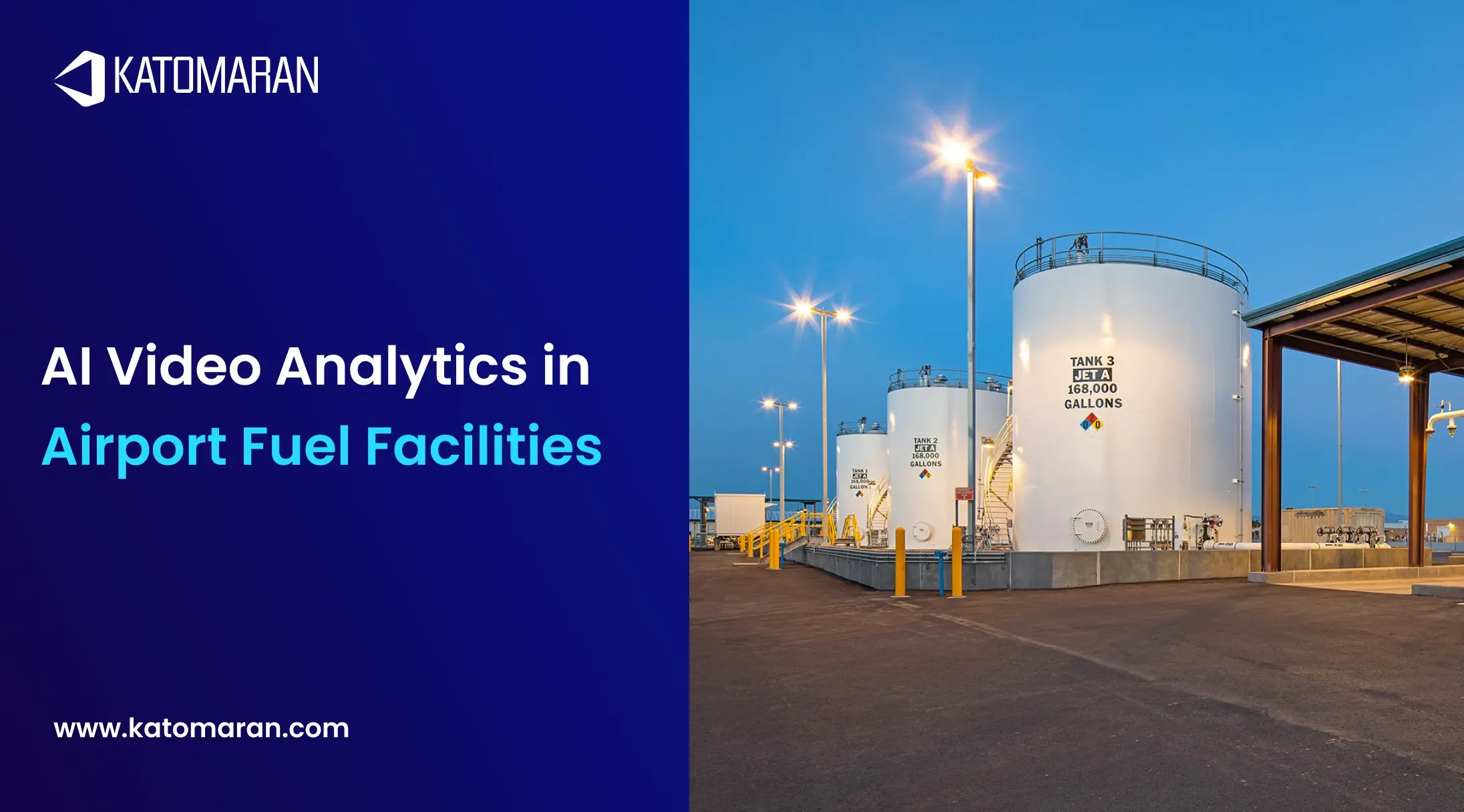Introduction
In today’s fast-moving world, airports and transportation hubs like metro stations and rail terminals are more than travel gateways — they’re high-traffic ecosystems where safety, efficiency, and reliability must operate seamlessly. With thousands of passengers, vehicles, and cargo movements each day, maintaining security in such spaces is a growing challenge.
This is where Video Analytics in Airports and Transportation Hubs makes a difference. Powered by AI-driven insights and real-time monitoring, it helps authorities detect potential threats, streamline operations, and enhance passenger safety. From airport runways to subway platforms, intelligent analytics bring sharper visibility and faster response — ensuring safer, smarter travel environments.
The Shift from Traditional Surveillance to Intelligent Systems
For years, security relied on human operators scanning multiple CCTV feeds — a time-consuming process prone to fatigue and oversight.
Now, Video Analytics in Airports and Transportation Hubs brings automation, accuracy, and intelligence to security monitoring. AI-powered systems can instantly flag unattended baggage, restricted-area entries, or suspicious movements across terminals and platforms.
Instead of reacting after incidents occur, these systems enable real-time threat detection, turning surveillance into a proactive, preventive shield. Whether it’s identifying unauthorized access at an airport or managing congestion in a metro station, intelligent video analytics ensures every corner stays protected.

Why Video Analytics Is Essential in Modern Aviation Security
1. Real-Time Monitoring and Alerts
The cornerstone of Security Monitoring in Transportation Hubs lies in instant alerts and timely decision-making. Video analytics software can analyze multiple camera feeds simultaneously, identifying potential threats before they escalate. For instance, if an individual leaves a bag unattended or moves into a restricted zone, the system immediately sends alerts to on-ground security teams.
This rapid automated incident response significantly reduces risks while improving situational awareness across terminals and checkpoints.
2. Enhanced Passenger Safety and Crowd Management
Airports and metro stations often face large crowds, especially during holidays or flight delays. Through intelligent video analytics, authorities can monitor crowd density, track movement patterns, and predict congestion points.
By using this data, they can deploy staff or open additional checkpoints proactively, ensuring smoother movement and better passenger safety and crowd management.
Furthermore, CCTV analytics can detect abnormal movements or potential stampedes, triggering automated safety measures. This not only enhances security but also elevates the overall passenger experience.
3. Perimeter and Restricted Zone Security
Protecting the outer boundaries of an airport or a bus terminal is as critical as securing the inside. With perimeter security monitoring, analytics-enabled cameras can spot intrusions, vehicle anomalies, or unauthorized access even in low-light or adverse weather conditions.
Systems integrated with facial recognition for airports can automatically match individuals against watchlists, helping authorities intercept threats before they enter sensitive areas.
4. Streamlining Baggage and Cargo Screening
Security checks for baggage and cargo have traditionally been manual and time-consuming. However, baggage and cargo screening analytics powered by AI can automatically detect prohibited items, assess cargo irregularities, and flag anomalies.
This not only enhances accuracy but also accelerates the screening process, ensuring both data-driven airport security and operational efficiency.
5. Operational Efficiency Beyond Security
While the core of Video Analytics in Airports lies in safety, its impact extends well beyond. By analyzing passenger movement, queue times, and service usage, authorities can optimize staffing, improve layout design, and even enhance retail opportunities.
These insights contribute to operational efficiency in transport hubs, helping facilities run more smoothly and sustainably. The combination of analytics and automation turns raw video data into actionable intelligence.
Beyond airports, similar technology is redefining safety across train stations, metro networks, and bus terminals worldwide.
Video Analytics in Transportation Hubs: Enhancing Everyday Security
While airports often take the spotlight, Security Monitoring in Transportation Hubs — such as metro stations, rail terminals, and bus depots — is equally vital. These high-traffic spaces demand quick response, precise control, and constant vigilance.
Smarter Surveillance for Busy Transit Areas
With intelligent video analytics, cameras go beyond recording — they analyze. AI-powered security monitoring helps detect unattended bags, unusual movement, or risky behavior near platforms and boarding zones. By delivering real-time threat detection, security teams can respond immediately instead of relying on delayed human observation.
Managing Crowds and Ensuring Passenger Safety
Crowd congestion is a daily challenge in metros and stations. Video analytics tracks passenger flow and density, helping authorities ease crowd pressure through rerouting or timely announcements. This proactive automated incident response keeps operations safe, smooth, and efficient — strengthening overall public transportation safety.
Driving Smarter, Safer Transit Systems
Beyond threat detection, analytics supports smart transportation security by improving schedules, staff deployment, and passenger flow management. Together, these insights make modern transit hubs safer, more organized, and better prepared for peak travel demands.
How Video Analytics Works in Airports and Transportation Hubs
To understand the true potential of Security Monitoring in Transportation Hubs, it helps to know how video analytics actually functions behind the scenes.
1. Data Collection: High-resolution cameras capture continuous video feeds across terminals, parking areas, and entry points.
2. Data Processing: The feeds are analyzed by algorithms using AI-powered security monitoring and machine learning to identify patterns or irregularities.
3. Event Detection: Specific behaviors such as loitering, left baggage, or vehicle misplacement are automatically flagged.
4. Alert Generation: The system sends real-time threat detection alerts to control rooms or mobile devices.
5. Action & Reporting: Operators verify incidents, initiate automated incident response, and generate logs for audit trails or future training.
Through these steps, security operations become more precise, efficient, and less dependent on human error.
Integrating Video Analytics with Video Management Systems
A critical component of implementing Video Analytics in Airports — and across Security Monitoring in Transportation Hubs — is seamless integration with a Video Management System. The Video Management System serves as the central backbone that stores, manages, and organizes vast amounts of video data from terminals, platforms, and transit points.
By merging analytics with Video Management System, authorities can:
- Monitor multiple terminals or stations simultaneously.
- Review past incidents efficiently for investigations or audits.
- Access CCTV analytics dashboards for data-driven decisions.
- Combine feeds from various agencies and departments for unified command and control.
This integration ensures that every frame of video — whether from an airport gate or a metro platform — is not just recorded but analyzed, categorized, and used to strengthen overall security and operational efficiency.
Note: Katomaran Technologies enhances this capability through AI-driven Video analytics that integrate seamlessly with VMS, enabling unified monitoring, real-time alerts, and data-driven control across both airports and transportation hubs.
Data Privacy and Compliance Considerations
With great power comes great responsibility. The use of facial recognition for airports and AI-based surveillance has raised legitimate privacy concerns — and the same applies to metro, rail, and bus systems adopting Security Monitoring in Transportation Hubs.
All operators must ensure compliance with local and international data protection regulations such as GDPR. Transparent policies, data anonymization techniques, and clear communication with passengers help balance data-driven airport security and public transportation safety with ethical standards.
Trust and transparency are as important as technological efficiency in building a safer travel ecosystem for everyone.
Conclusion
In a world where every second counts, Video Analytics in Airports and Transportation Hubs are transforming how authorities monitor, detect, and respond to threats.
From improving crowd management to enabling real-time incident response, intelligent analytics are redefining modern transportation security.
Katomaran Technologies empowers this shift through advanced AI-driven video analytics and VMS-integrated security solutions — helping airports and transit centers achieve safer, smarter, and more efficient operations.
The future of travel safety will be built on intelligent, data-driven systems that keep every journey secure.





